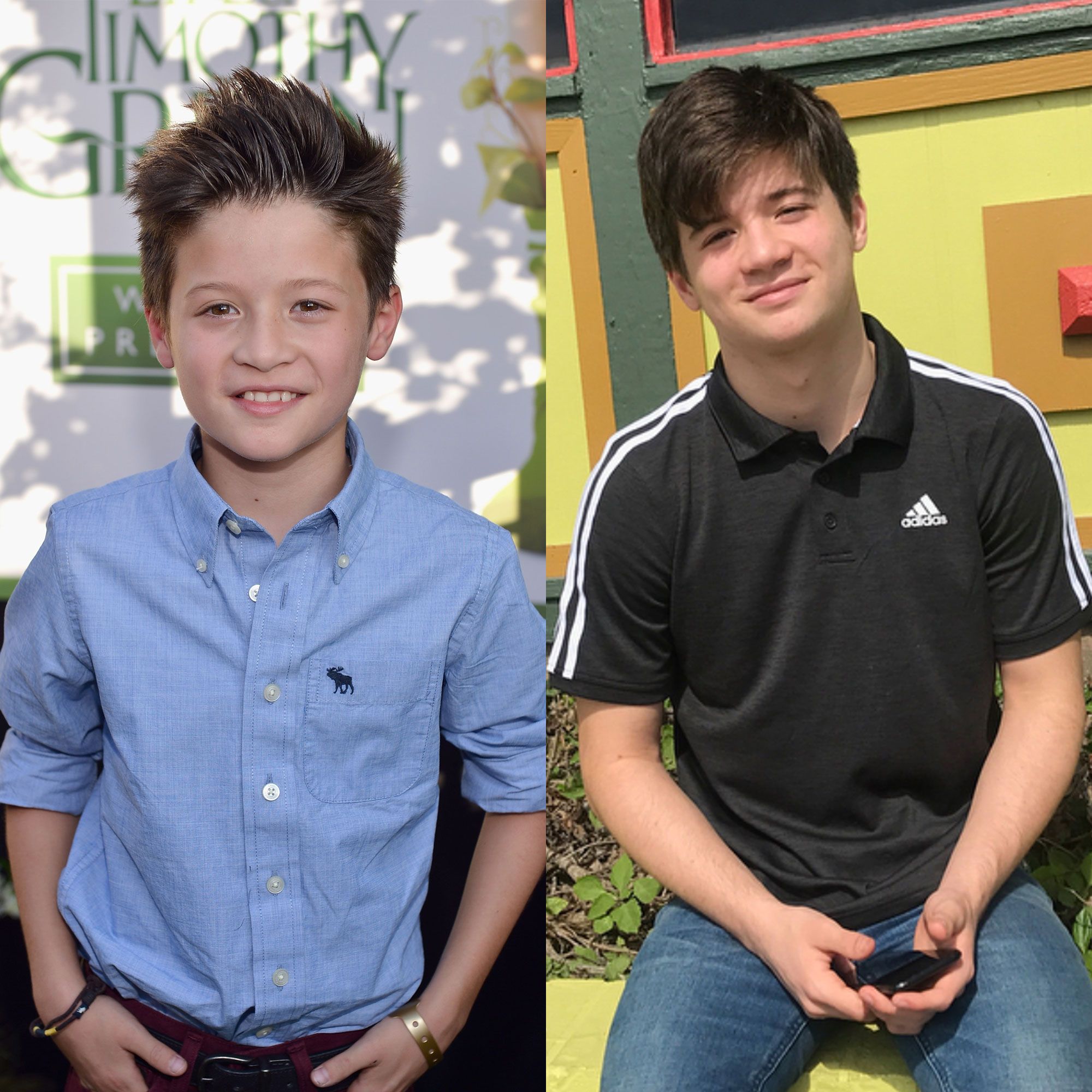

Dargis’s original review are in bold, reproduced exactly as she wrote it, links, images and all.

If you are planning to enter our Student Review Contest this fall, we hope you will learn a thing or two from this critic, a Pulitzer Prize finalist.īelow, the paragraphs from Ms. Dargis explains how she wrote an opening that would hook readers poured herself into research to understand the context of the film and balanced telling readers about the story with sharing her sharp-witted opinions about the acting, the sets, and the differences between the book and Denis Villeneuve’s adaptation. But the review is also an excellent example of critical analysis. We chose this review because many young people have seen, or at least heard of, “Dune” - it is, after all, based on one of the most famous science fiction novels of all time.

#Mind your language cast then and now series
They’re brutal! You have to be ready.”įor the latest edition of Annotated by the Author, our Mentor Texts series in which we invite New York Times journalists to annotate their work, we asked Manohla Dargis, The Times’s co-chief film critic, to tell us about her review of the much-anticipated film “Dune.” “Can you imagine the wealth? In your eyes- I need to see it in your eyes. “You don’t really understand the grave nature of what’s happening to us.” But more importantly, I wanted to feel that Josh Brolin’s character was caring about Paul like if he was his own son. We tried to make sure that the audience will understand the nature of this new way of fighting. The goal was to embrace the complexity of the movements with objective camera angles. I see you found the mood.” Cinematographer Greig Fraser and I shot the fight like we will shoot a dance performance.
#Mind your language cast then and now free
It’s a style that involves blocking the opponent’s attack with both a weapon and the free hand. This technique was called balintawak eskrima. He developed the Atreides fighting style borrowing from a martial art technique developed in the ‘50s. Now fight!” That choreography was designed by Roger Yuan. “Guess I’m not in the mood today.” “Mood?” “Mm.” “What’s mood to do with it? You fight when the necessity arises, no matter the mood. The choreography between Timothée Chalamet, who plays Paul, and Josh Brolin, who plays Gurney Halleck, illustrate that each opponent is trying to distract his adversary by doing very fast moves in order to create an opportunity to insert slowly a blade inside the opponent’s shield. So it means that man to man combat came back to sword fighting. Therefore, bullets or rockets are obsolete. An Holtzman Shield is a technology that protects individuals or vehicles from any fast objects. And four, to introduce the concept of the Holtzman Shields, and how they change the essence of combat. Three, to induce the idea that Paul Atreides has been training for combat, but has never really experienced real violence. Two, to give more insight about the context in which the Atreides will move to a new planet named Arrakis. First, to establish the nature of the relationship between Paul Atreides and Gurney Halleck. “Don’t stand with your back to the door!” This scene needed to serve four purposes. My name is Denis Villeneuve and I’m the director of Dune. Transcript ‘Dune’ | Anatomy of a Scene The director Denis Villeneuve narrates a combat training sequence from his film, featuring Timothée Chalamet and Josh Brolin.


 0 kommentar(er)
0 kommentar(er)
